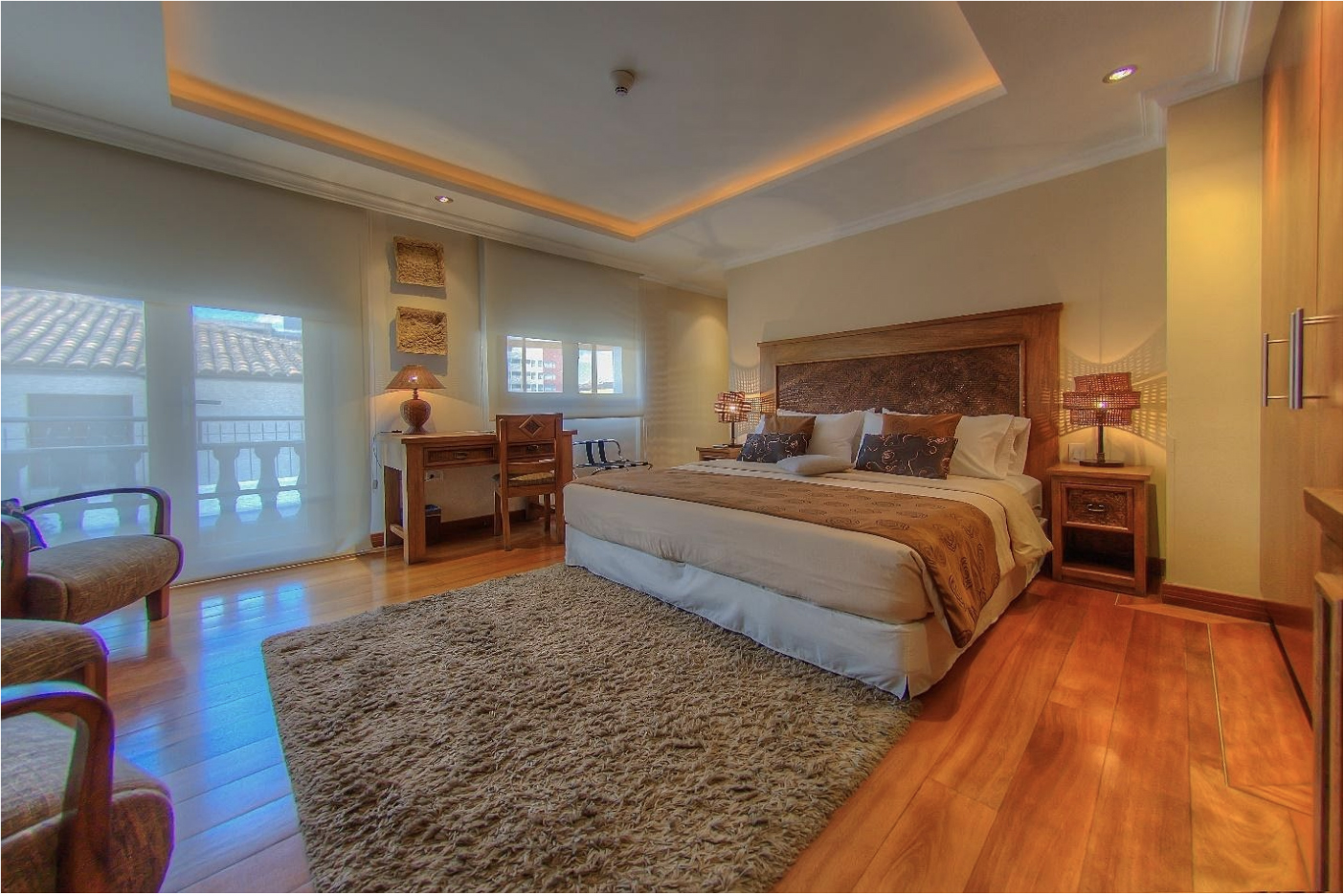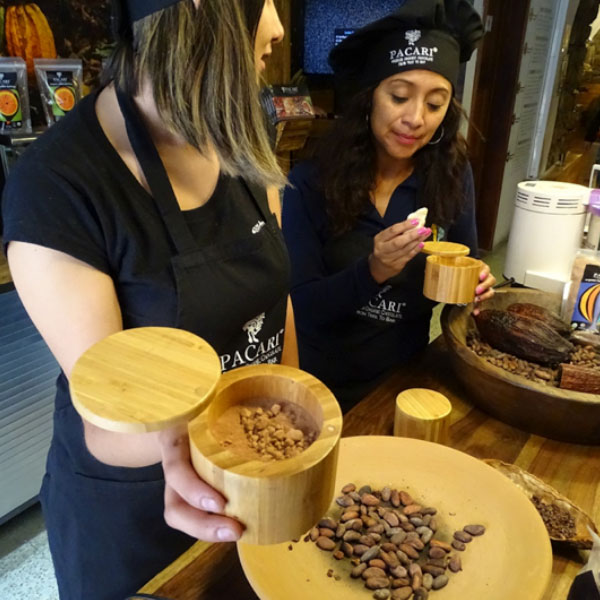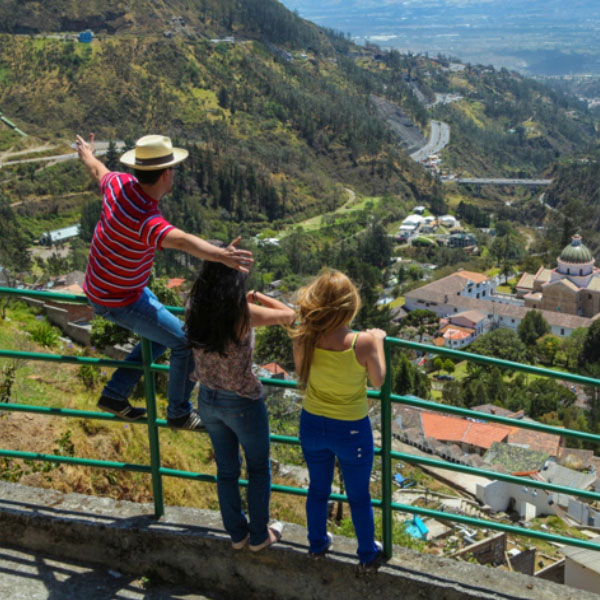GTAM – 161A – GALAPAGOS ISLANDS
Quito & Galapagos Islands
Two days Quito – Five day Galapagos cruise
M/Y Aida Maria – Tourist Superior Category
Galapagos Cruise Itinerary “C” – Sunday – Thursday
Six Days / Five Nights
DETAILED ITINERARY
DAY 1: Saturday – Arrival in Quito
On arrival at Quito’s Mariscal Sucre Airport, you will be welcomed by one of our English speaking professional guides who will assist you with the private transfer to your hotel and help you accommodating and giving helpful information for your stay in this world heritage city.
Overnight accommodations at selected hotel
DAY 2: Sunday – Arrival in Galapagos Islands from Quito or Guayaquil
Baltra Island, Las Bachas Beach (wet landing)
Fly from the Ecuadorian mainland to the islands on an early morning 90-minute flight. As you prepare to land in Baltra, look out the window. The landscape below will seem otherworldly – you’ll truly be landing in a place like no other. The Galapagos Islands are completely unique and you’re about to see why. Your bilingual naturalist guide will greet you at the airport and meet you after customs. During lunch he/she will introduce you to the islands, specifically the flora and fauna that you will encounter at our first destination, Las Bachas Beach.
On the sandy white beaches of Las Bachas you will get a close look at a sea turtle nesting area as well as a lake frequented by pink flamingos and other migratory birds. Afterwards, you’ll cool off with a dip in the beautiful, blue Pacific Ocean. As this is the first evening together, the crew will invite everyone to a pre-dinner cocktail on the yacht before the welcome dinner. If the night is clear, as it usually is, the stars above will sparkle; look for the Southern Cross, the Big Dipper (turned up-side down!) and Orion.
Meals: Lunch, dinner
DAY 3: Monday – Galapagos Islands
Genovesa Island Darwin Bay (wet landing)/ El Barranco (dry landing)
Early in the morning you’ll have breakfast and then you’ll disembark at Genovesa “Tower” Island, which is located in the northeastern part of the Galapagos (less than half a degree north of the equator).
At “Tower” Island you’ll anchor at Darwin Bay, which is located on the southern part of the island, and is actually the caldera of an extinct, partially eroded volcano, with the surrounding cliffs forming the inner lining of the rim. While the origin of the name “Tower” is not known, one can imagine it had something to do with these towering cliffs. The tour will be a long, fairly-easy walk, but it is usually hot and dry here, so you may want to carry some water. After a wet landing on a coral beach the trail begins in an area where there are several swallow-tailed gulls. As you walk back from the beach, you’ll see a variety of Opuntia cactus and mangroves
Tower is an outpost for many sea birds (as Española is in the south). Interestingly, there are almost no land reptiles on Tower, only very small marine iguanas. This is attributed to the direction of the ocean currents, which wouldn’t have carried the terrestrial animals here. Visit El Barranco during the afternoon then return to the boat for dinner.
Meals: Breakfast, lunch, dinner
DAY 4: Tuesday – Galapagos Islands
Bartolome / Sullivan Bay
Bartolome Island, which at its highest point is 114 meters, is one of the most photographed vistas in the archipelago. This island is quite young and quite volcanic, therefore, it’s relatively unpopulated; only a small handful of die-hard plant and animal species have survived long enough to call this lava-land home.
After the visit to Bartolome Island you’ll visit nearby Sullivan Bay. At the turn of the century a huge lava flow spilled right down to the sea and today you can stroll across this black volcanic expanse, admiring its time-frozen ripples, bubbles and ropes.
Meals: Breakfast, lunch, dinner
DAY 5: Wednesday – Galapagos Islands
Black Turtle Cove/ Cerro Dragon
Black Turtle Cove is a red mangrove lagoon on Santa Cruz and is a nursery for many sharks and rays. It’s also a great location to observe mating turtles around this time of year. You might see a large group of resting White-Tip Reef Sharks, schools of Golden Rays and Spotted Eagle Rays, and a few juvenile Scalloped Hammerhead Sharks and Black-Tip Sharks. The water very calm so we often used paddles instead of the loud panga engines to move around the area.
After this visit you’ll navigate for a couple of hours to Cerro Dragon (Dragon Hill), where you’ll make a dry landing on lava rocks. Cerro Dragon is a small bay on the west coast of Santa Cruz and got its name from the many land iguanas that live in the area. Land iguanas are endemic to the Galapagos Islands where they have found good mating and nesting areas.
Meals: Breakfast, lunch, dinner
DAY 6: Thursday – Galapagos Islands
Santa Cruz Island (dry landing) – Charles Darwin Station & Baltra Airport
After breakfast you’ll sail to Santa Cruz Island, where you’ll visit the world-famous Charles Darwin Station, a non-profit institution that dedicates itself to studying and protecting the flora and fauna of the Galapagos. This is one of the best places to see land tortoises, including Lonesome George museum. Then you’ll visit the station’s Tortoise Rearing Center. Here you can find baby, hand-sized tortoises, between the ages of one and five, and marvel at how they achieve such large sizes as adults (500 lbs. or more!). Galapagos tortoises are believed to have a lifespan of over 100 years, so the young ones have a long life ahead of them as long as they receive the protection they need.
After visiting the Charles Darwin Station, transfer to Baltra Airport for your flight to Quito or Guayaquil and your next destination.
Meals: Breakfast

















